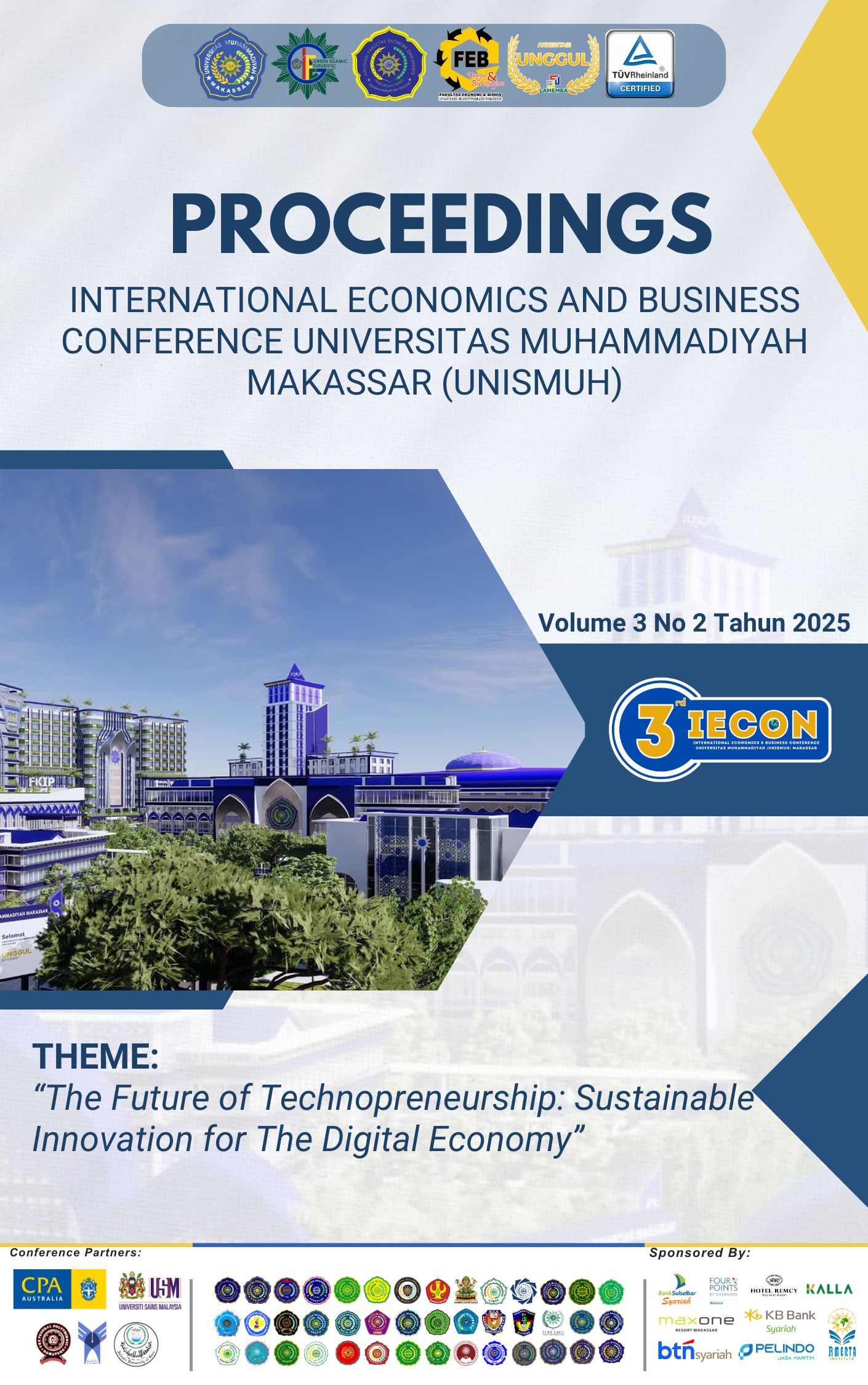Evaluation Procedure Cash Control in Realizing Internal Control at PT Umsida Sinergi Utama (Case Study Agribusiness Business Unit)
Keywords:
cash control, internal control, coso framework, agribusiness, case studyAbstract
Cash management plays a critical role in ensuring liquidity, efficiency, and accountability within organizations. However, weaknesses in cash control procedures, such as the absence of formal Standard Operating Procedures (SOPs) and inadequate internal control systems, often lead to risks of fraud, errors, and inefficiencies. This study aims to evaluate the effectiveness of cash control procedures in realizing internal control at PT Umsida Sinergi Utama, particularly within its agribusiness business unit. A qualitative case study approach was applied, using in-depth interviews with finance officers, managers, and academic experts, complemented by direct observations and documentation reviews. Data were analyzed using the Miles and Huberman interactive model, while triangulation was employed to ensure data validity. The findings reveal that the company relies heavily on manual recordkeeping, lacks formal SOPs, and has not fully implemented the COSO internal control framework. Consequently, internal control remains weak, risk assessment is reactive, and monitoring activities are informal. These conditions increase the vulnerability of the organization to financial misstatements and misuse of funds. The study concludes that establishing formal SOPs, integrating digital systems, and strengthening audit and monitoring functions are essential to improving internal control effectiveness. The results provide practical insights for university-owned business units and emerging organizations facing similar constraints.
Downloads
Additional Files
Published
Issue
Section
License
Copyright (c) 2025 IECON: International Economics and Business Conference

This work is licensed under a Creative Commons Attribution-NonCommercial-NoDerivatives 4.0 International License.















